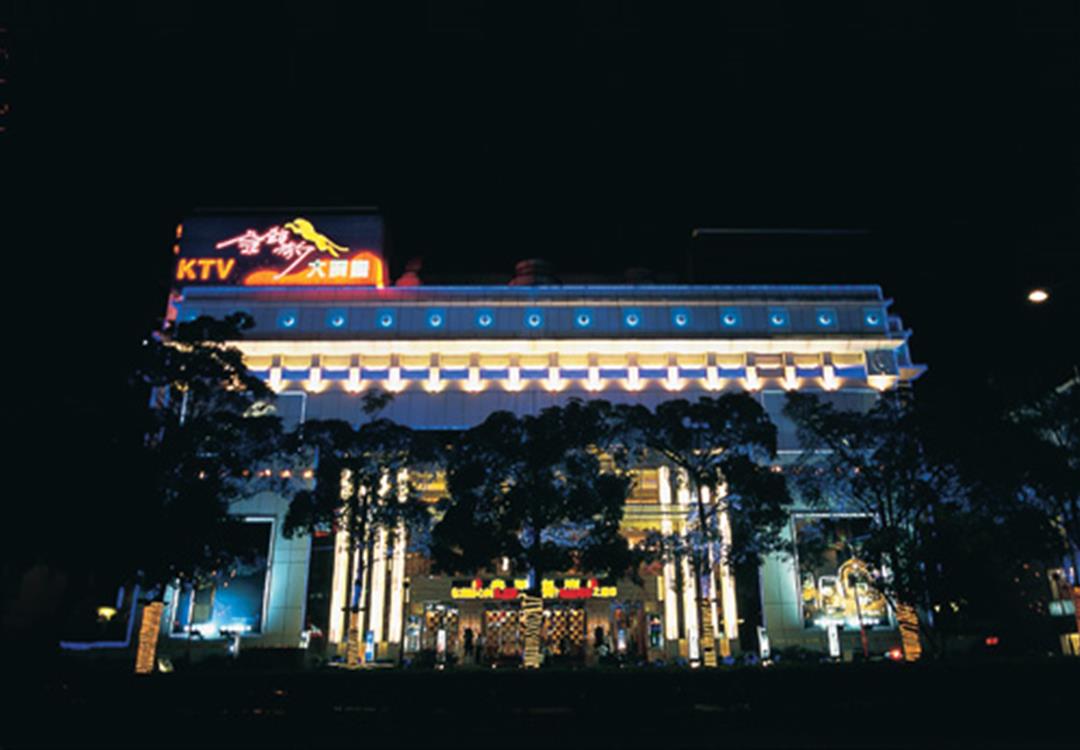In the Seventh Land Consolidation District--former farmland rezoned for construction--where broad green parks are interspersed with luxury apartment buildings, property prices have been skyrocketing in recent years. They are now as high as NT$550,000 per ping (3.3 square meters), nearly on a par with Taipei. Last year, the first Chinese-owned hotel chain in the world, Hotel One--owned by Stanley Yen, a doyen of the hostelry industry--opened a new hotel in Taichung, capturing attention with its style, high tech, and the sailboat design of the 46-story building. This spring, Hong Kong magnate Richard Li visited the site of a new mixed-use redevelopment project at the site of the former Taichung airport, creating a big stir. A lot of people ascribe Taichung's red-hot prospects in recent years to the impact of the Central Taiwan Science Park or people's expectations for eventual opening of the "three links" with China. Nonetheless, along with the impetus of technology and cash, there has also developed a powerful "creative culture."
Last year when the Taike Rock festival was brought to Taichung, chief organizer Ni Chung-hua said during a meeting with the press that Taichung is Taiwan's most creative place. Besides it being the home of the Chun Shui Tang, creators of "pearl milk tea," and the place where Giant bicycles and Thunder Tiger model airplanes were launched, in recent years a number of outstanding design firms have popped up here, such as Duck Image, Scandinavian Designers, and Subkarma.... They are helping local small and medium-sized firms to do design and branding, giving rise to a large "creative industry."
So where do Taichungites get their creativity? How has Taichung been able to attract so many first-rate designers? Can this creativity and vitality enable Taichung to stand out from the crowd and establish a unique style and identity of its own?
World-famous futurist John Naisbitt appeared in Taichung at the end of June. Despite the hefty NT$1600 tag per ticket, the 13th floor of the Splendor-Taichung on Chungkang Road was packed. Before beginning his lecture, he commented "Taichung certainly has changed a lot!" When he was here 40 years ago to observe the agricultural sector, local restaurants still had exhibitions of fire-eating and sword-swallowing. But in recent years, major international stars like Pavarotti and Yo-yo Ma have performed in Taichung, drawing global attention to the city.
Even 20 years ago, the site of the luxury hotel where Naisbitt gave his lecture was a rice paddy, while the glittering focal points of today's Taichung, such as Art Boulevard (where Hotel One is located) were on the fringes of the city. The Fifth Land Consolidation District (LCD) circling off to the west was wilderness, and that goes double for the even more distant Seventh LCD.
Half a year ago, the National Taiwan Museum of Fine Arts held a major league exhibition: Over the past 30 years, BMW had asked 15 leading international artists to make works of art out of its cars, and these finally went on a world tour. Taichung was the only venue in Taiwan, drawing tens of thousands of car aficionados.
A new Metropolitan Opera House is going up in the Seventh LCD. A 2005 competition to choose its design was won by Japanese architect Toyo Ito. Recently the design was named by the media as one of nine future new landmarks of the world.
The youthful city of Taichung is growing rapidly, and is developing an aura of excellence.

Taichung is known far and wide for its nightlife. There are luxurious dance clubs, diversified theme motels and restaurants, and in recent years even street performers have added a new element to Taichung after dark. Shown here is the famous Golden Jaguar nightclub.